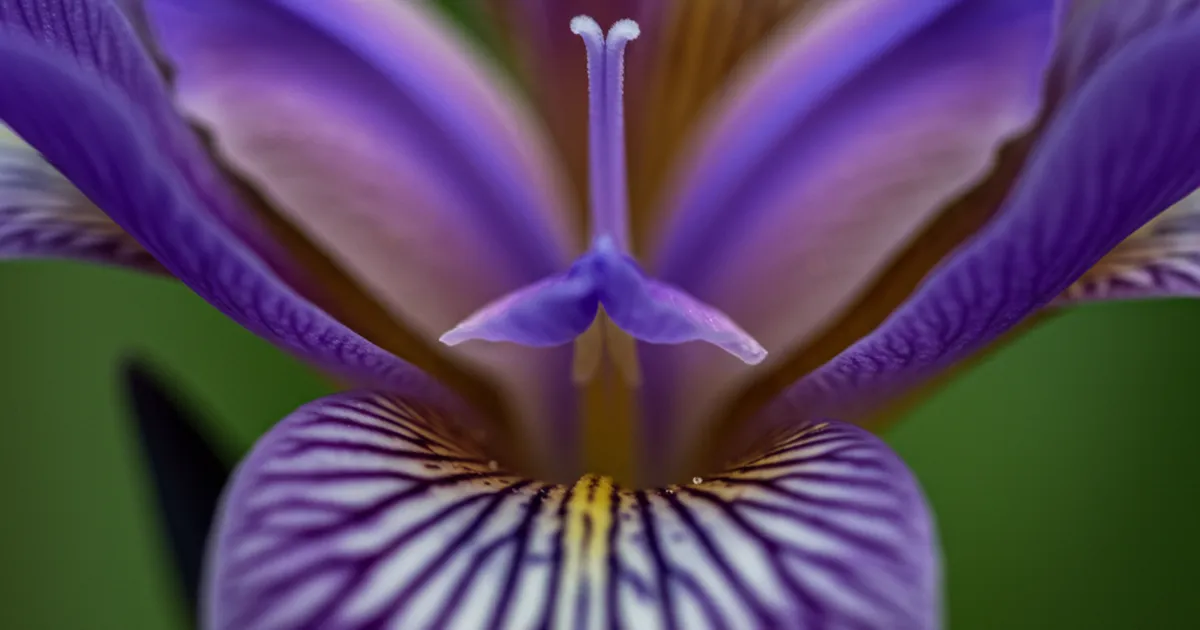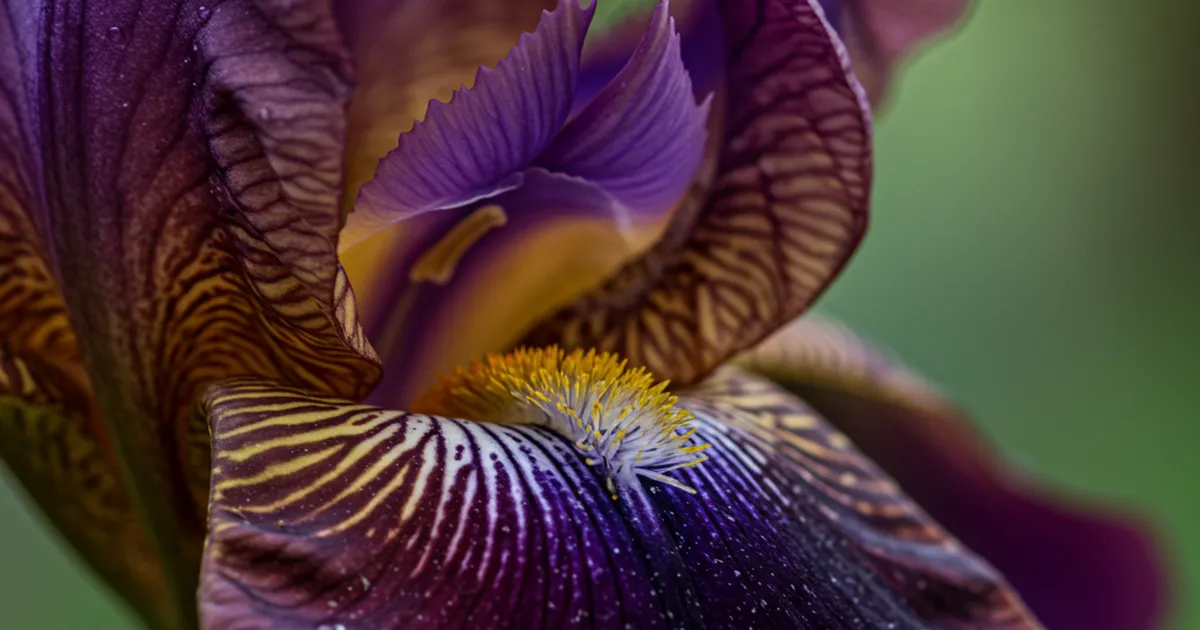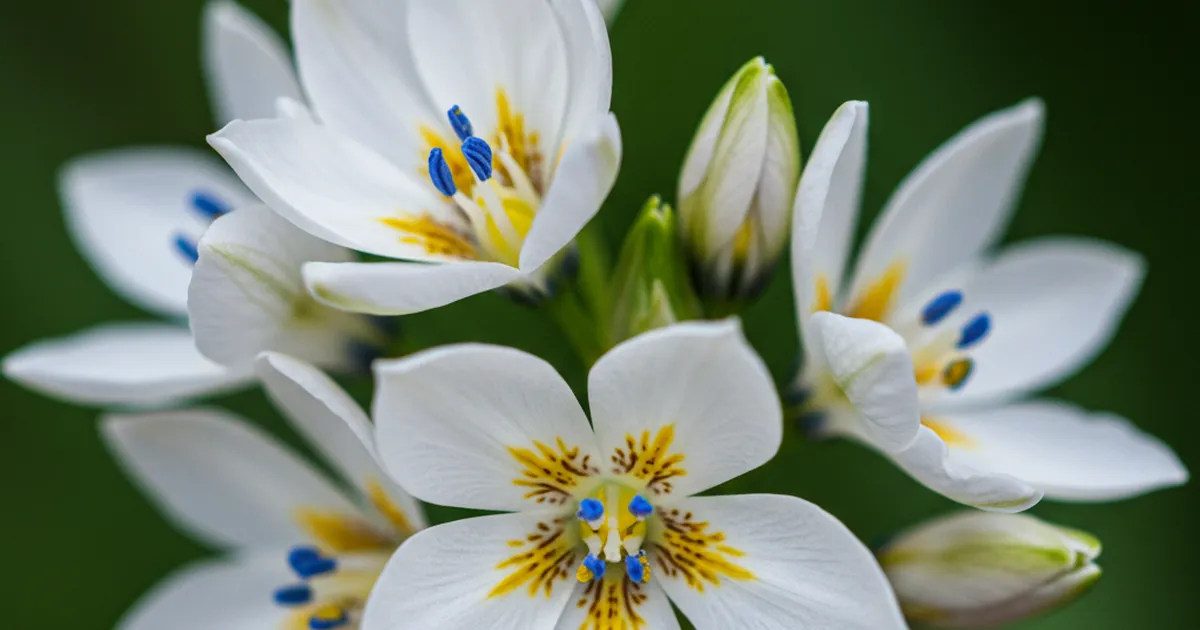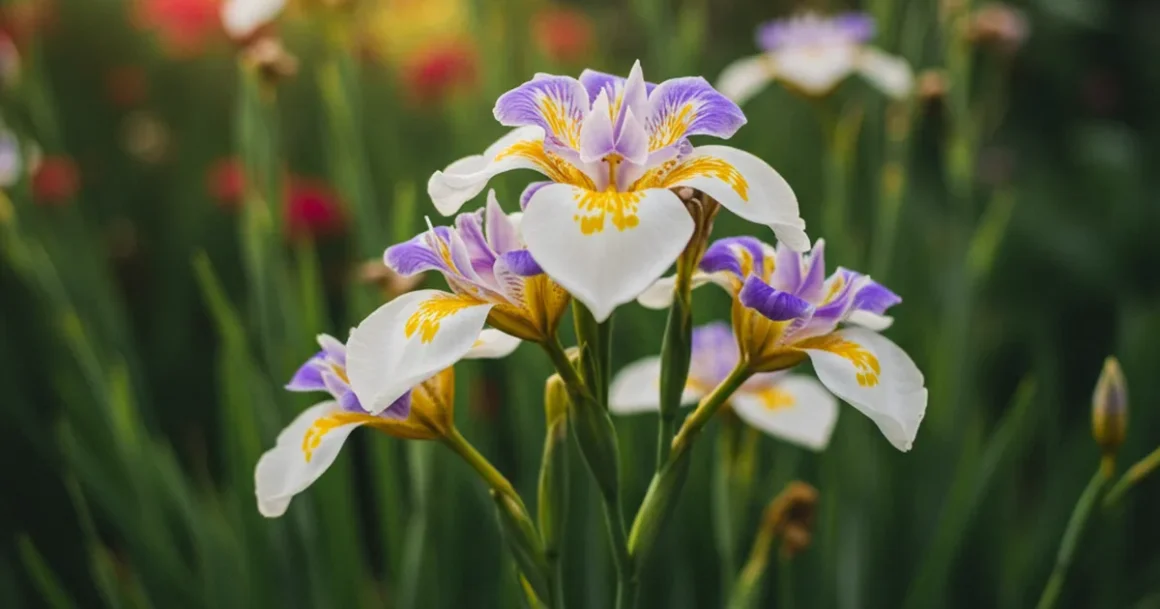Introduction:
The African iris (Dietes iridioides) is an evergreen plant that thrives in warmer regions, blooming from spring to fall. It can be grown as a perennial in zones 8 to 11, and as an annual in colder areas. This plant prefers full sunlight but can also bloom in partial shade, and it is highly tolerant to drought. Continue reading for our comprehensive care and cultivation instructions.
| Common Name | African iris, fortnight lily |
| Botanical Name | Dietes iridioides |
| Family | Iridaceae |
| Plant Type | Perennial |
| Mature Size | 2-4 ft. tall, 3-4 ft. wide |
| Sun Exposure | Partial, full |
| Soil Type | Moist, well-drained loamy |
| Soil pH | Acidic |
| Bloom Time | Spring, summer, fall |
| Flower Color | Blue, white |
| Hardiness Zones | 8-11 (USDA) |
| Native Areas | Africa |
Trimming

African Iris plants often bloom abundantly in the middle of summer. Removing the faded blooms will help maintain the vitality of your plants. Additionally, you can prune any brown, dead, or unhealthy leaves. It is advisable to sanitize your tools before trimming the leaves to prevent the spread of bacteria that could cause root or crown rot.
How to Propagate African Iris

Similar to other types of irises, the African iris grows in clumps and spreads through rhizomes. Additionally, it can propagate when its seed pods touch the ground and develop new roots. The most effective method of propagation is through division of existing plants. Here are the steps to follow:
Steps for Cultivating African Iris Using Seeds

Propagating African iris from seeds is achievable. Follow these steps:
Winter Storage

In regions with harsh winters where this plant cannot survive, it can be cultivated as an annual. The plant can be lifted and stored during winter months, then replanted in the spring, similar to the process for other non-cold-resistant perennials like cannas or dahlias. If you intend to remove your African iris for the winter, first remove excess soil, let the rhizomes dry completely, then store them in peat moss or sand in a cool, dry location. Replant them in the spring after the weather warms and the threat of frost has passed.
Identifying Common Pests and Plant Diseases
While African iris plants are typically low maintenance, they can be susceptible to occasional diseases and pests. The most prevalent issues include crown rot and root rot, which tend to develop when the plant remains excessively moist for an extended period. The key to managing these problems is prevention: plant the iris in well-draining soil, divide it regularly to maintain healthy roots, and choose a planting location with adequate air circulation. If your plant does develop rot, carefully remove the affected area, replant the iris, and consider dividing and replanting in autumn for optimal health.
Additionally, fungal and bacterial diseases such as rust, Botrytis blight, and fungal leaf spot can affect African iris plants. Fungal diseases are characterized by yellow or brown spots on the leaves, which can spread if left untreated. In warm, wet conditions, bacterial leaf spot may manifest as small, spongy wet spots along the leaf edges, potentially leading to larger watery lesions. If you notice signs of fungal or bacterial disease on your African iris, prune away damaged areas, allow the plant to dry thoroughly, and avoid excessive watering.
Common pests that may target African iris plants include aphids, iris borers, and nematodes. Iris borers, particularly destructive in their larval stage, can be managed by applying neem oil spray weekly. This treatment can also deter aphids. Nematodes, specifically Ditylenchus destructor, may attack young roots, causing leaf browning and root wilting. To prevent nematode infestations, promptly remove any diseased plant parts, maintain clean tools for gardening to prevent infection or spread, and practice good hygiene.
Tips for Inducing Blooms in African Iris Plants
Blooming Periods
African iris plants typically start blooming year-round when they reach two years of age. Younger plants usually bloom consistently during the spring and summer seasons. Although the flowers have a short lifespan, new buds are continually developing, ensuring a continuous blooming cycle.
Characteristics of African Iris Flowers
The African iris plant features a beautiful round, six-petaled creamy white flower with a smaller blue-purple four-petaled flower at its center. The white petals have bright yellow streaks running along their centers. The scent of the flowers, if detectable, is delicate and sweet.
Promoting Enhanced Flowering
To encourage more blooms on your African iris plant, ensure it receives an adequate amount of sunlight, preferably at least five hours of direct sunlight daily. Adjusting the watering schedule to maintain slightly moist soil might also aid in the formation of additional flower buds. Additionally, regular fertilization can stimulate increased blossom production.
Common Issues with African Iris
African Iris are typically low-maintenance and easy to grow, but be cautious of leaves turning yellow or falling off. If you observe this, it may be a result of either overwatering or underwatering. It is important to check the soil moisture levels and ensure the plant receives the proper amount of water.
FAQ
Can African iris be grown as a perennial?
African iris can only withstand cold temperatures down to zone 8, so it will not survive in areas where the ground freezes.
Is it possible to grow African iris in containers?
If you are cultivating this plant as an annual and planning to overwinter it, it should thrive in a container for the growing season. However, if grown as a perennial, African iris tends to spread rapidly. Growing it in a container may lead to overcrowding and potential root rot, so planting it in the ground is recommended.
Do African iris bloom every year?
Once established, African iris will produce blooms throughout the year. These flowers do not require deadheading.

